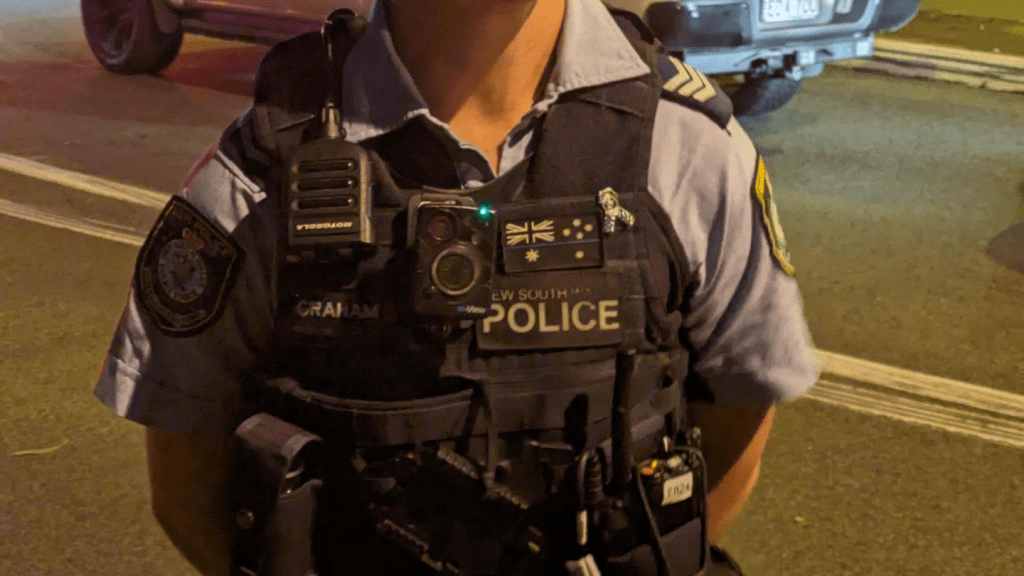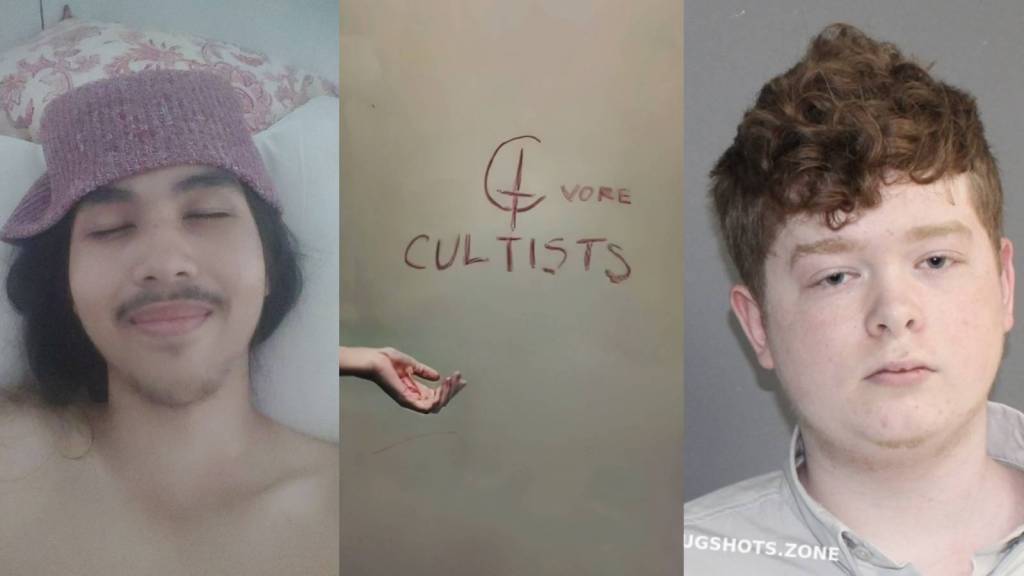VICE News is closely watching policing in America. Check out the Officer Involved blog here.
As body-worn cameras increasingly become a standard feature of American police uniforms, San Diego’s experience with the technology offers another example to the growing body of evidence that suggests cops tend to behave better when they know the cameras are rolling.
Videos by VICE
According to a March 18 report released by the city, public complaints fell more than 40 percent after San Diego police began wearing cameras, and use “personal body weapon” force dropped 46.5 percent.
The SDPD began testing the cameras in January 2014 and hopes to have 1,000 officers wearing them by the end of the year. Around 600 officers are currently equipped with the cameras, and, according to the report, Deputy Chief David Ramirez called the technology “a win-win for both the officer and the community.”
Another city that’s been experiencing better policing is Rialto, California, which has become case in point for the effectiveness of body cameras on mollifying interactions between police and the public — and how officers tend to act when they know there’s no video footage of their actions.
Located about 60 miles east of Los Angeles, Rialto was the site of the first scientific study that attempted to gauge how the devices affect police behavior. Over the course of 2012, researchers at the University of Cambridge’s Institute of Criminology (IoC) found that use of force incidents fell 60 percent among Rialto officers who wore the cameras. Complaints against officers also declined 88 percent compared to the previous year. On the flip side, the study found that Rialto officers not equipped with cameras were more than twice as likely to use force as their surveilled peers.
Those trends are seemingly backed up by data from police departments across the country. When officers know they are subject to videotaped scrutiny, it seems they tend to operate on their best behavior. But there are several cities where police body cameras have been manipulated or turned off, highlighting oversight issues.
William Farrar, the police chief in Rialto, reminded his officers that most citizens carry cell phones and can record their encounters with the cops even if the body cameras aren’t rolling. “So instead of relying on somebody else’s partial picture of what occurred,” Farrar told the New York Times, “why not have your own?”
Oakland has experienced a significant decrease in use of force by police since cameras were introduced five years ago. In 2009, before the cameras were put into action, Oakland cops racked up 2,186 use-of-force incidents. In 2013, when around 500 officers wore cameras, there were 836 cases involving force. By the end of 2014, 619 officers were outfitted with cameras and the city was down to 572 use-of-force incidents.
Body cameras yielded similar results in in Mesa, Arizona. After a one-year pilot program that began in October 2012, the Mesa Police Department found that officers who didn’t wear cameras generated three times as many public complaints as officers who knew they were being filmed.
The technology doesn’t always work so well. During a six-month body cam trial run in Denver, a city that has had several questionable officer-involved incidents, only one out of every four police encounters involving force were actually recorded.
A report by Denver’s Office of the Independent Monitor said cameras reduced citizen complaints toward officers and made internal investigations more effective, but also found that numerous incidents where officers punched or users stun guns on suspects were not recorded.
Of the 80 use-of-force reports filed by officers in one Denver police district, the report found that only 21 were recorded. Off-duty sergeants who were not required to wear cameras were responsible for 35 of the incidents, but less than half of the 45 incidents involving on-duty officers were recorded because the cameras were either turned off or experienced technical problems.
Denver Police Commander Magen Dodge criticized the report, saying it should not have counted off-duty officers because they were not a part of the pilot program.
In the past five years, Albuquerque police have shot and killed 28 people. The department has used body cameras since 2012, but officers have been caught selectively recording several times.
Alexandra Smith, the ACLU of New Mexico’s legal director, told her organization’s Free Future blog that Albuquerque cops use body cameras “when it suits them, and they don’t when it doesn’t.”
“The selective recording that goes on in these police misconduct cases has been a real problem for us,”Smith said.
The Albuquerque police officer that fatally shot 19-year-old Mary Hawkes did not turn on his camera. The officer involved in the fatal shooting of Christopher Torres, a 27-year-old schizophrenic who was unarmed, never turned in the footage of the incident.
Chad Marlow, the ACLU’s advocacy and policy counsel, told VICE News that body cameras are “a highly effective tool for monitoring police interactions with the public.” But he also highlighted the fact that there is a potential downside that involves cops “only showing the public what they want to see.”
“If police have discretion, and certain times cameras are not turned on or turned on too late, people will see [police] manipulate body cameras,” Marlow said. “The guidelines for body cams should [give police] no discretion whatsoever on when they should or should not be used.”



